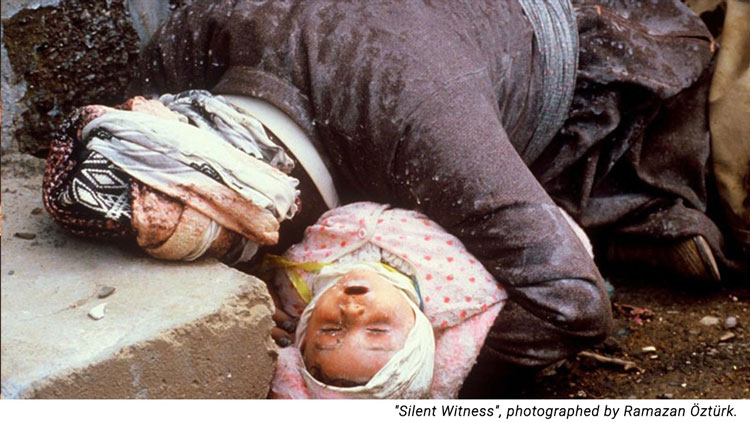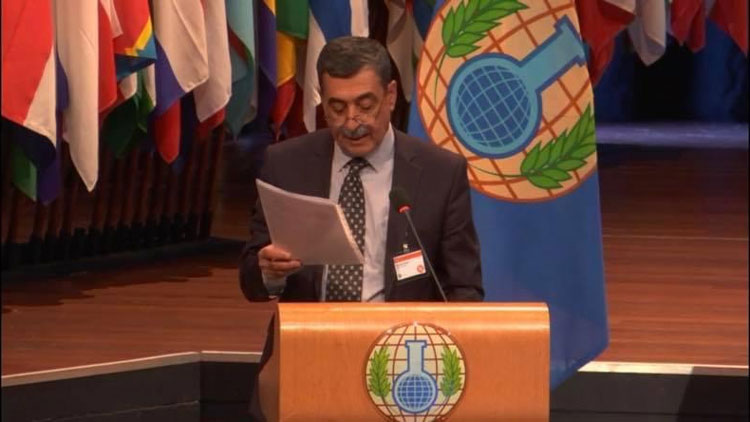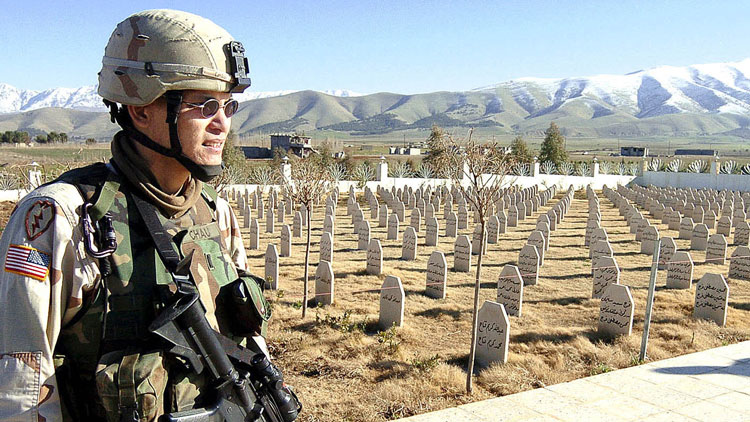The 16th of March 2022 marks the 34th anniversary of the despicable attack on Halabja by the forces of Saddam Hussain on the Kurdish population of Northern Iraq. The population was targeted with what experts later concluded to be “a lethal cocktail of mustard gas, and the nerve agents Tabun, Sarin and VX.”
Mustard gas is a blistering agent that can cause severe burning on direct contact with the skin and nerve agents have a devastating impact on neurological functioning. While thousands succumbed to the gruesome effects of the attack, many survivors are still suffering with the long term consequences.
In order to observe the 34th anniversary of one of the worst chemical weapons attacks in the region, we interviewed Khder Kareem, former mayor of the city of Halabja about the impacts on the people and the effects that remain until today.
Tell us about the events of 16th March, 1988 in Halabja
Geographically Halabja is located in a very strategic area of Kurdistan in Northern Iraq, and people of the region were always against the dictatorial regime, arranging many demonstrations and protesting against it. At 11:35 on the morning of March 16th, 1988 the regime carried out a chemical weapon attack, massacring its own people. Once the heavy bombardment started, many people went to hide in their basements. Then the first wave of bombs was followed by others which released chemicals into the air. There was a distinctive smell of apples. So many victims were eventually found dead in their basements.

What was the impact of the Chemical Weapons on the people around you?
The gas had so many effects on people. While they were trying to leave their houses to escape the bombs, the gas caused difficulty in breathing, the skin to burn, and many other respiratory complications. 5,000 civilians died and more than 10,000 people sought refuge in Iran, on top of the 12,000 injured. Some families lost their children on their way to Iran. Not all of them have been found after 34 years.
What kind of long term consequences resulted from the use of chemical weapons on the population?
There have been many long term consequences that we can see to date, such as difficulty in breathing, miscarriages, chronic respiratory complications, and psychological side effects as well. Many who survived are still suffering from these long term consequences and have been taking medications for the past 34 years.
What has been the humanitarian response of the International Community since 1988?
Photos of the massacre circulated all around the world in the newspapers but the humanitarian response was insufficient due to the war. People are still suffering today. The issue has been taken up by the Organisation for the Prohibition of Chemical Weapons and the attack classified as genocide.
What kinds of assistance do the victims need right now?
First of all psychological support and then good medication as well as knowing that the world won’t forget what happened to them.

Featured Photo: Halabja cemetery, final resting place of some of the victims of that attack of March 16, 1988.
Featured Photo credit: Sgt. Sean Kimmons on wikimedia commons

